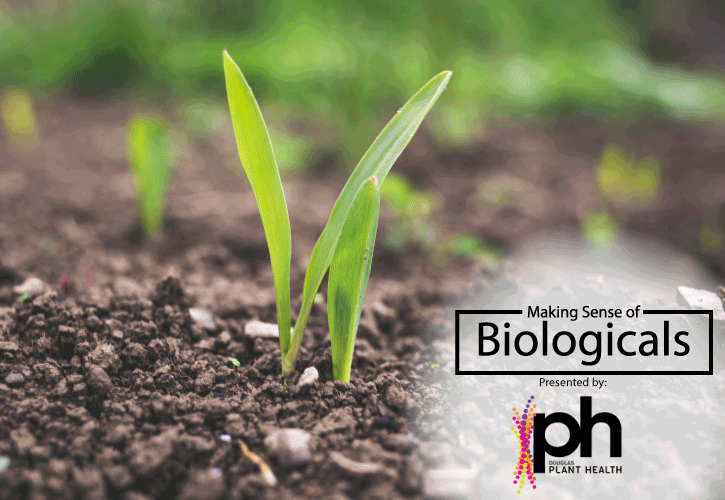
By Clint Thompson
The life of a synthetic fungicide is not everlasting. Vegetable and specialty crop producers need alternatives to remain sustainable. As resistance continues to build up in different fungi, some conventional chemistries could become ineffective and obsolete.
Biologicals provide growers another option with a different mechanism, says Alex Cochran, chief technology officer for Douglas Plant Health.
Resistance Problem
“I can tell you without a doubt, fungicide resistance is one of the biggest concerns that all of us in the crop protection industry have. There are many examples when critical modes of action failed due to the development of resistance,” says Cochran, who is also a plant pathologist. “In the Southeast and up and down the mid-Atlantic, there are some very important crops that have been severely impacted by fungicide resistance.”
Synthetic fungicides are very specific in how they attack plant pathogens. But plant pathogenic fungi will reproduce and do so at a prolific rate. Some members of the population are inherently not susceptible to the technologies that are being implemented.
“When you apply a spray that kills a high percentage of the population, there is typically a very small percentage of the population that survives. Those that survive have a mechanism or mutation for not being susceptible to the fungicide, and they reproduce. It’s simple natural selection. After enough uses of that technology — we’re talking on a very broad scale — eventually the population of susceptible fungi is replaced by a population that is able to overcome that mode of action.”
Cucurbit farmers have encountered resistance issues with downy mildew disease. Florida strawberry producers have encountered this problem with botrytis resistance.
“Specifically for botrytis, there was some work published by the University of Florida that spoke to this issue. They identified significant resistance to most major modes of action used for control of botrytis in strawberries,” (Amiri, Heath, Peres; Plant Dis. 2013 Mar 97(3) 393-401) notes Cochran.
Biological Solution
Biologicals help mitigate against the rise of resistance because they possess a unique mode of action that is different from conventional fungicides. Instead of attacking a specific area in the organism, a biological product tends to have multiple modes of action that can be triggered. This is especially true with Douglas Plant Health’s Companion® Biological Fungicide, says Cochran.
“In the case of our technology, Companion® has multiple modes of action that are understood and documented. It’s known to produce antibiotics that are toxic to cell wall formation within certain fungi. It has a direct effect on the pathogen,” Cochran says. “They also can be anticompetitive, especially when they’re applied to the soil. These bacteria will colonize the root system and root hairs very rapidly, and they grow with the plant. They can help displace other pathogens that are trying to attack the roots.”
Companion® Biological Fungicide works well in suppressing known diseases like anthracnose, bacterial blights, cankers, mildews and molds, spots and scabs, and root and crown rot. It also stimulates the plant defense response to protect against any disease infection.
“Incorporating a biological into your spray program is not going to be a silver bullet, but it can help because it introduces new modes of action to help mitigate the development of resistance,” says Cochran. “A mentor of mine once said, ‘It’s all a numbers game.’ If you have a very small percentage of a population that can survive the fungicide that you’re using, and then you come back and apply something like a biological on top of that, hopefully that can clean up what wasn’t killed by the first fungicide. You’re greatly reducing the potential for survivors to reproduce and build up additional non-susceptible populations.”
To learn more, visit douglasplanthealth.com or call 815-872-1190 to speak with an expert agronomist.









